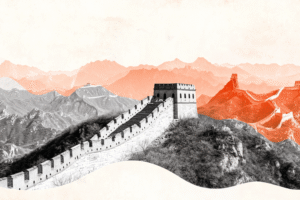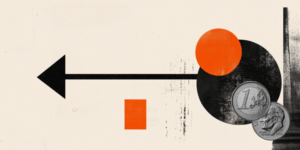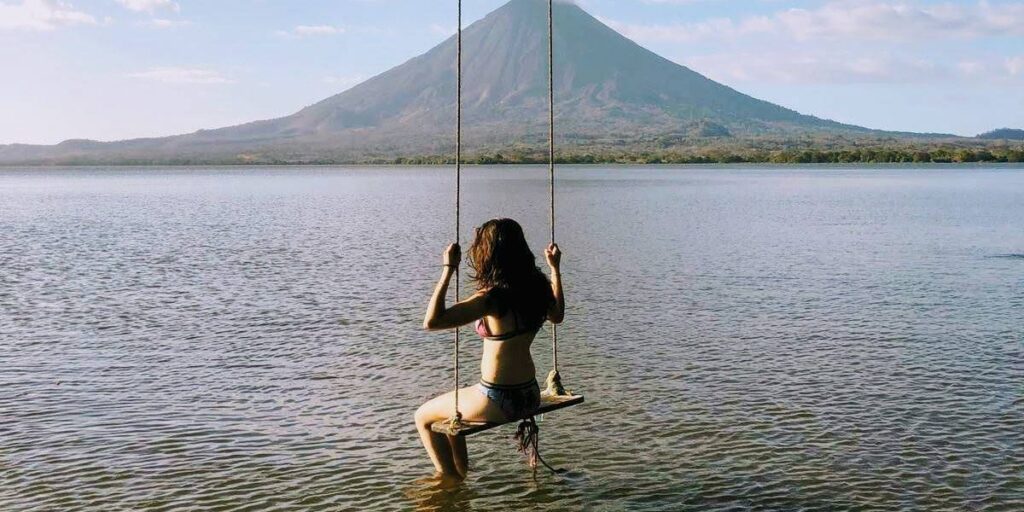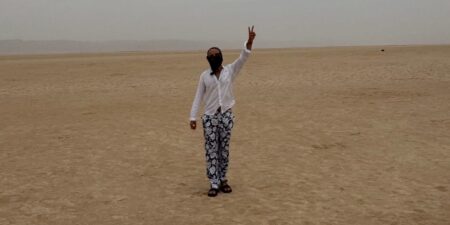I’ve been a digital nomad since 2010, working as a writer and online English teacher. Over the years, I’ve traveled through more than 30 countries, across five continents, powered by thousands of WiFi networks. But early on, I realized that speedy travel wasn’t for me.
Some nomads thrive on fast-paced trips, blending work with back-to-back flights and new destinations every few days. I found it exhausting.
Traveling across Southeast Asia with only a few days in each stop left me drained, while hopping around India quickly felt unfulfilling.
I only hit my stride when I slowed down. Spending three months each in four different towns in Latin America gave me balance. Eight months in Grenada felt just right. A year split between a town in Egypt and a city in Israel brought me real stability.
These days, it’s just as popular to criticize digital nomadism as it is to romanticize it. A Google search on the trend will yield a slew of articles featuring stories of disappointed nomads who called it quits.
These articles are full of people shouting that digital nomadism is a sham, but they’re giving up after running into problems that can be mitigated. I’ve worked from so-called “impossible” tropical islands and found ways to build community, establish routine, and secure reliable internet wherever I land.
Staying connected
At its core, making nomadic life sustainable requires creativity, resourcefulness, and often a willingness to slow down. “Slowmadism” means staying in one place for months at a time, or rotating between a handful of home bases.
This approach has solved some of my biggest struggles.
One of the most commonly cited contributors to digital nomad burnout is the constant challenge of finding reliable internet. As a slomad, I spend less time worrying about connections.
When I do need — or want — to move, I use a strategy that’s worked everywhere from islands in Thailand to Nicaragua’s volcanoes: persistence. On Koh Lipe, people insisted the internet wasn’t good enough. I tested every network until I found a reliable connection in a guesthouse steps from the sea. On Ometepe Island, I tracked down a rustic cabin with a landline hookup in the middle of the jungle.
When I can’t figure it out myself, I ask in local Facebook or WhatsApp groups which mobile provider is fastest, then request speed test screenshots from people who respond. It helps me see what kind of backup connection to expect and whether I’ll need reliable WiFi.
In some places, I’ve had to message a lot of accommodations before finding truly reliable internet — but I’ve also been happily surprised when my perseverance paid off.
Building communities
Another often-cited hurdle that sends many nomads home is loneliness. But staying in places for longer provides time to make friends and cement relationships before packing up again.
Whether I’ve just arrived in a new place or simply feel the need to meet new people somewhere I’ve been for a while, I’ve also discovered a fast, effective hack for making like-minded friends on the road: hosting events.
When I was lonely in Germany, I started a meditation group that blossomed into a tight-knit circle of friends. Since then, I’ve hosted game nights, nomad dinners, and expat hangouts around the world.
Even if you don’t host, joining local groups and showing up makes community-building easier.
But even when the internet is working and the social scene is buzzing, many nomads throw in the towel simply due to financial constraints. I’ve found that slomading means I save lots of money simply by staying put longer.
Frequent movement doesn’t lend itself well to consistency or productivity, and it’s tiring to constantly have to find the right new gym, workspace, stores, and doctors. But this is another problem that I’ve alleviated by simply slowing down, instead of quitting nomadism altogether.
How slow is slow enough?
The right pace depends on you. I recommend picking two bases for six months to a year, with shorter trips nearby for variety.
These days, I cycle slowly between two bases in Thailand. Switching gets me my novelty fix, but staying for months at a time lets me maintain routines and deepen relationships.
Digital nomadism doesn’t have to be all or nothing. If constant movement exhausts you but going home feels premature, slowmadism offers a sustainable alternative.
It’s helped me build friendships, save money, and actually enjoy the freedom I set out to find.
Do you have a story to share about life as a digital nomad? Contact the editor at [email protected].
Read the full article here
















